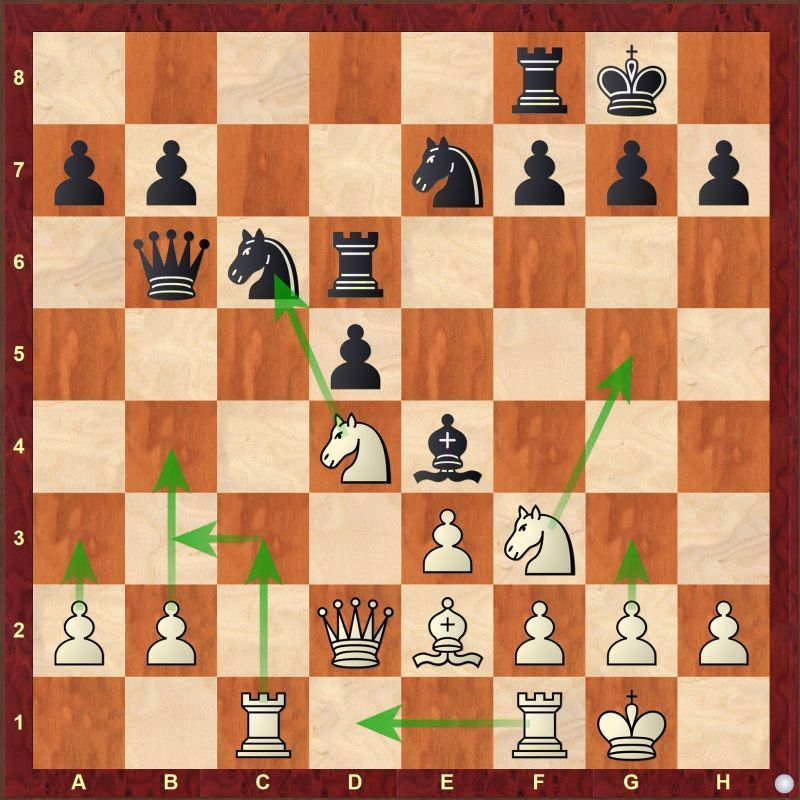Chess Game

Chess Rules
Chess is one of the oldest known board games still played to this day. The rules of chess have varied greatly since its invention, but by now have been fairly standardized and commonly known. The rules presented here are the basic rules of the game of chess, but a detailed overview of how the game is played can be found at Wikipedia or the official ruleset of the International chess federation.
Research has shown that there are many benefits kids receive when learning to play chess. Not only is the game a fun pastime, but it can also lead to improvements in concentration, creative thinking, strategic thinking, and mathematical competence. This two-player strategy game is played on a square, checkered board with two sets of 16 chessmen. Play chess games at Y8.com. Chess might not be your first though when thinking of video games to play. However, the old game of Chess is still challenging to master. Become grand master at chess by understanding the pieces and what moves your opponent might make.
Queen's Gambit
- Play chess against the computer from Level 1 to Master. Start playing chess now against the computer at various levels, from easy level one all the way up to master level. To start the game, simply click on the Start button and start playing the chess computer. When you set up your new game, you can also configure the time control, which means.
- Try playing an online chess game against a top chess computer. You can set the level from 1 to 10, from easy to grandmaster. If you get stuck, use a hint or take back the move. When you are ready to play games with human players, register for a free Chess.com account!
- Our chess games are fun to play and easy to learn. You can challenge the computer in a game of traditional chess, or try your turn at one of our variations. Choose your ideal set of pieces, pick a color, and start your strategy! A true master spends hours honing their craft.

Since the chess TV show the Queen's Gambit has recently been very popular we've temporarily changed our hardest opponent, Ann, and renamed her to Beth (as in Beth Harmon, the protagonist from the Queen's Gambit). We'll put Ann back in a few days 🙂.
Setup

The game of chess is played on an 8x8 checkered board, where the rows are marked from 1-8 and referred to as 'ranks' and the columns marked from 'A' to 'H', referred to as 'files'. The square marked as 'A1' should be black. The player controlling the white pieces places his pieces on ranks 1 and 2, and the player playing the black pieces places his pieces on ranks 7 and 8. The pawns are placed on ranks 2 and 7. The other pieces are placed on ranks 1 and 8 as followed, starting from the 'A' file: A rook, a knight, a bishop, a queen, a king, a bishop, a knight, and a rook. The player who has white goes first, and players alternate moves after that.
The Aim of the game
The game can end under the following circumstances:

- If your opponent's king is under threat of capture, but your opponent has no legal move to prevent that capture, you have won. This is referred to as 'Checkmate'
- when either player concedes the game.
- when a player takes too long in making their move. On this site we give each player 60 seconds to make each move, and a total of 15 minutes for all their moves before the game is forfeit.
- If a players king is not under threat of capture but that player has no legal moves anyway, the game is a draw.
- The game is also a draw if any of the following situations come up:
- Neither player has enough pieces to be able to checkmate
- The same board position is repeated three times
- 50 consecutive turns have passed in which neither player has moved a pawn nor captured a piece
- The players agree to a draw
Making a move
The six pieces move as follows:
- The Bishop can move any number of squares along the diagonal.
- The Rook can move any number of squares along the same rank or file.
- The Queen can move any number of squares along the same rank, file, or diagonal.
- The Knight moves to the closest square that is neither on the same rank, file, or diagonal. Essentially the knight moves in an 'L' shape, two squares along a rank or file and then a single square perpendicular.The knight is the only piece that can 'jump over' other pieces.
- The Pawn moves one square along the file, always towards the opponent's side of the board. The first time a pawn moves it is allowed to move two spaces along the file instead of one granted it has the space. A pawn can only capture a piece imminently along the diagonals in the direction of travel, not along the file it is currently travelling.
- The King can only move a single square in any direction, with the exception of castling (see below). The King can never place himself in a check.
Placing a king in check
When a player makes a move in which any of his pieces threatens to capture the opponents king the next turn the king is said to be in check. A player in check must make a move that results in the check being relieved; be that by moving the king out of the way, capturing the threatning piece, or placing a piece in between the king and threatning piece. A player that has no legal move out of the check has lost the game (referred to a Checkmate). A player can be placed in check by multiple pieces at once, and must get out of all checks at once. A player can not remain in check. A player may never make a move that results in his own king being in check.
Special moves
- En passant refers to a special move open to the pawns. When a pawn is moved two spaces from his starting position and is placed next to an enemy pawn, the enemy pawn can capture the pawn as it had only been moved a single square. For example, assume a white pawn is placed at B5. the black C7 pawn is moved to C5. The White player can move the B5 pawn to C6, and capture the C7 pawn. The player can only utilize en passant on the move directly following the opponent moving the pawn in question. The right expires as soon as his opponent makes the next move
- Castling refers to a special move open to the King and Rooks. If neither the King nor Rook has been moved during the game, the rank separating them is clear of pieces, and during the castling process no space the king will move over or end on is under attack by an opponent piece, the player can move his king two spaces towards the rook, and the rook on the opposite side of the king. For example, assume that the white king on E1 and the white rook on A1 have direct line of sight and have not moved. The white player can, in a single move, move the king two spaces left (to C1) and the rook three spaces right (to D1). The player could also castle kingside, moving the king to G1 and the H1 rook to F1.
- Promotion is a special move granted to the pawns. If a pawn manages to reach the far end of the board (white pawns to the 8-rank, black pawns to the 1-rank) they are automatically promoted. The player must state a piece (Rook, Knight, Bishop, Queen). The promoted pawn is then transformed to the declared piece. A player might thus have a maximum of 9 Queens on the board, the one he started with and one for each of the 8 pawns that he potentially can promote. By the nature of the game pawns can not promote to a king, nor remain pawns.

Chess is a classic strategy board game that comes to life online with 24/7 Games' first chess game - 24/7 Chess. You can now play chess versus the computer or with a friend whenever and wherever you want! Play today immediately on all of your devices using your favorite internet browser - 100% free with no app download required! Escape the mundane and exercise your brain with 247chess.com!
Chess Games Free
DISCLAIMER: The games on this website are using PLAY (fake) money. No payouts will be awarded, there are no 'winnings', as all games represented by 247 Games LLC are free to play. Play strictly for fun.